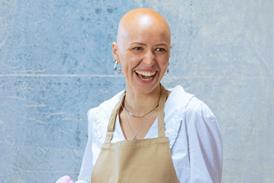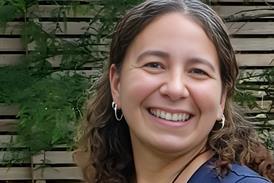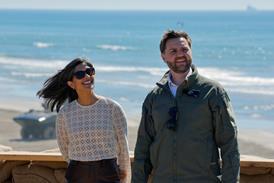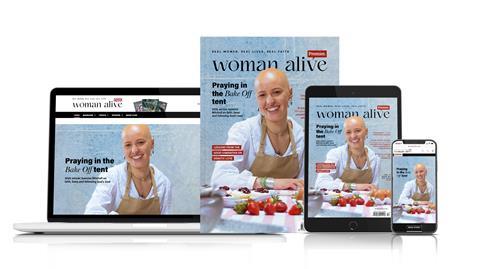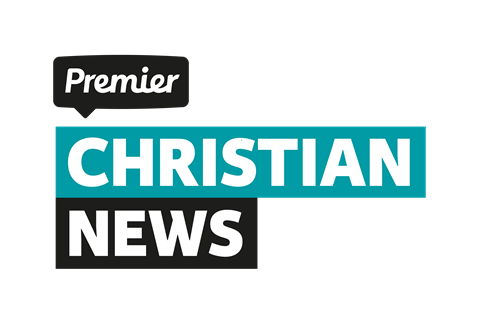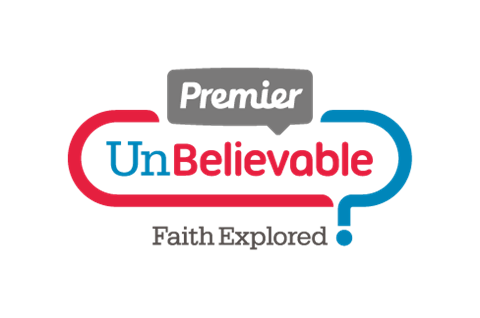We have all been affected by the COVID-19 pandemic, and many are still suffering its effects months after contracting the virus. Respiratory nurse and lecturer Debbie Duncan shares what is has been like for herself and others coping with long COVID
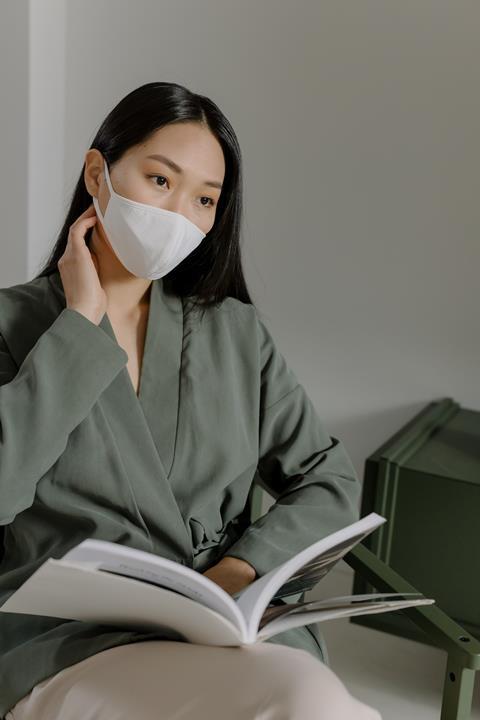
Many who develop COVID-19 have mild symptoms; however, one in ten can still experience symptoms after twelve weeks. COVID-19 is caused by the SARS-Cov-2 virus, which causes our immune system to go into overdrive and leads to distinctive symptoms such as a persistent dry cough, fever, sore throat or loss of taste and smell. It is unclear, however, what plays a part in the development of long COVID.
COMMON LONG COVID SYMPTOMS INCLUDE:
• Fatigue
• Shortness of breath
• Chest pain or tightness
• Problems with memory and concentration (‘brain fog’)
• Insomnia
• Heart palpitations
• Dizziness
• Pins and needles
• Joint pain
• Depression and anxiety
• Tinnitus, earaches
• Feeling sick, diarrhoea, stomach aches, loss of appetite
• Night sweats / fever
• Headaches
• Unexplained rashes
Deciding to shield
I teach respiratory nursing and in December 2019 had been keeping an eye on the unveiling situation in China. In early 2020 I made the decision to refrain from church and being in crowded places. It was a difficult decision but I realised that COVID-19 was potentially life-threatening to me if I caught it, as I have small airways disease and bronchiectasis – a result of long-term asthma and developing MRSA (a super bug) while working in primary care. I even wrote letters to the family and organised my funeral plan. It certainly was a difficult year as I adapted to shielding.
Diagnosed with long COVID
Like many people I spent time with family and friends at Christmas 2020 after a year of shielding and lockdowns. It was so lovely to see people again, but throughout the period I was tired and had awful sinusitis. Then on 28 December I developed a high temperature and had an unusual rash across my trunk. I also felt tight chested and wheezy. I knew I had COVID. The pattern of this disease differs from person to person. My husband had fevers, a dry cough and was fatigued. I was not prepared for how awful I felt those first few weeks.
Slowly we seemed to leave the period of acute illness, having been carried through it by many prayers. Six weeks in, we went for a walk in the spring air. Two days later I could not get out of bed. My chest was tight, I was breathless and frightened. I knew I had COVID pneumonia. Thankfully I was able to contact my GP. My consultant regularly rang me in the weeks that followed to assess my condition.
At twelve weeks I got the official diagnosis. I joined a Facebook group – I had developed terrible nerve and joint pain and it helped to know that other people had the same experience. I felt I was ringing my GP on a weekly basis asking for more treatment for another symptom. It was so frustrating and time-consuming, and the brain fog made it worse.
I also realised that my mood had become very low. So I began to celebrate even the smallest achievement, like the first time I could have a shower without feeling breathless. I started using a fitness tracker to count my steps and started doing some simple exercise.
In April my salary changed as I was unable to work. It was an anxious time and that’s when I developed insomnia. I have had to learn to rest when I can and trust God when anxiety hits. Even now, eleven months down the road, I get ringing in my ears so have to stop.
We managed to cope with a reduction in salary but many people are in a terrible financial state because of this long-term illness. It is also a battle to get long COVID recognised on official paperwork. It needs to be treated like any long-term condition so those who can’t work can claim benefits.
A touch from God renews hope
Philippa was diagnosed with long COVID in the summer of 2020. Here she shares her experiences – including the measure of healing she has received.
“I went to Venice in January 2020. Four days after I returned, I started feeling ill. I didn’t realise it was COVID. By July I was still not feeling better, and my symptoms had changed from deep fatigue to dizziness, shortness of breath and brain fog. My heart would race if I went a few steps, and then drop so low that I was scared to get up from the sofa.
“My brother-in-law had long COVID and joined a Facebook help group; I joined too and realised I had all the symptoms.
In the August, a GP confirmed the diagnosis. It has been almost two years of pain and frustration. All this time I knew God could heal me. My brother-in-law was sovereignly healed at his ordination service. As the bishop laid hands on his head, he said all brain fog cleared, and he has been symptom-free since. I rejoiced in his healing, while still waiting for my own.
“In September 2021 my parents were going to France. I had to go with them, as they are effectively my carers. One morning we were talking about Lourdes, the Catholic site where many healings have occurred.
“I felt going to Lourdes would be like stretching out my hand in faith and hunger to the Lord. When we arrived there were about 1,000 people celebrating mass. Dad pushed me in my wheelchair and when we got inside, I stood up. What I can only describe as the power of God hit me from head to toe. I was deeply touched and wept. It was the most amazing experience.
“Just before the service ended, Dad wheeled me to the water, where it is said the first miracle occurred. As I was prayed for, God lifted me out of the misery and frustration I had been in. I still have symptoms of long COVID, but I know God started my healing at Lourdes. I have a gift of hope and faith that I will get well, and, in the meantime, I am dwelling on healing scriptures and declaring God’s truth from his word.”
How can we support those with this condition?
We need to remember that recovering from long COVID is a long-haul marathon rather than a sprint. Churches have an opportunity to be innovative and Christ-like as we seek to support those suffering in our congregations and communities.
Here are some things we can all do to help:
Be informed - Find out how many people in your church and community have long COVID. How are they coping?
Be understanding - Remember there is no set pattern to this illness. People will experience good and bad days.
Offer help - What is helpful will vary from person to person but extend offers of practical help.
Help source extra support - Many will have experienced loss – of a job, income, good health, a social life. They need psychological as well as practical support and may need counselling. Keep praying Whether people thank you or not, your prayers will be carrying them.
Sermon notes - Provide summaries of Sunday service teaching for people with brain fog.
Communicate simply - When you communicate, do so using clear sentences and make sure any emails are concise.
KEY TIPS FOR THOSE WITH LONG COVID
• Remember this is a multi-faceted disease affecting many different systems and not everyone presents in the same way.
• If you think you have long COVID be properly assessed and diagnosed.
• Remember to care for your whole person – body, soul and mind.
• If you are too fatigued to attend church don’t feel bad – read, watch podcasts and spend time with God.
• Maintain a healthy diet.
• Support your immune system with supplements such as zinc and vitamin D.
• Consider probiotics; as COVID-19 effects the intestinal microbiota, they have been recommended.
• Have positive things to look forward to.
• Keep in touch with people and let them know how you are.
• Stay informed about latest developments and guidance.
• The NHS advises that you “Pace, Plan and Prioritise”. So don’t try to do too much.
FURTHER INFORMATION
Here is some helpful advice from the NHS



